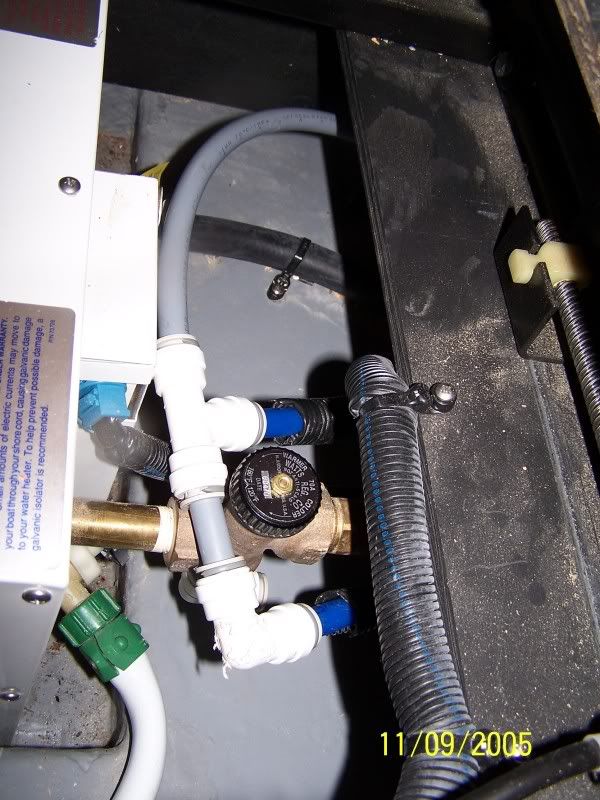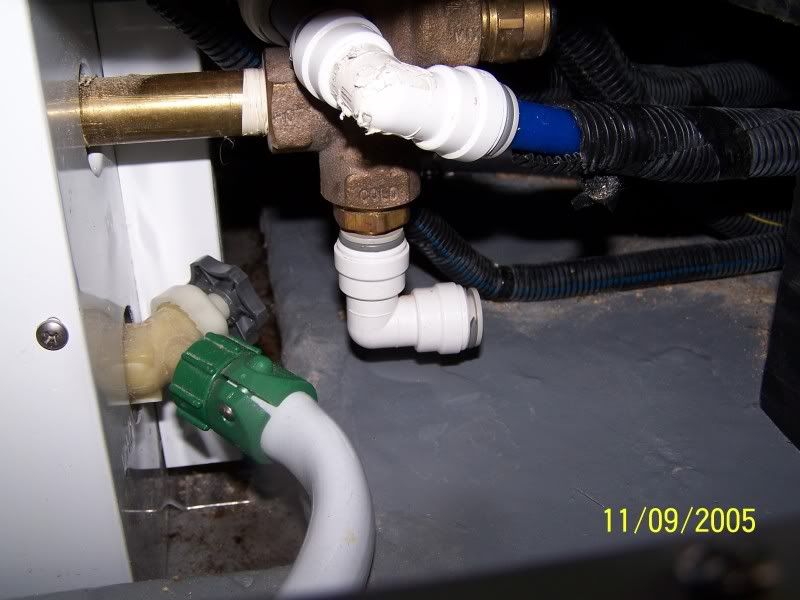Questions regarding rear bilge pump. There is about 1/2 inch of water there, it is enough to just be above the lip of the Rule 2000 bilge pu,p impeller base, probably a couple of quarts water at the most
If I turn on helm rear bilge pump the pump will run, but the water level does not go down, so I turn off the helm switch, and next
I get into the bilge area and disconnect the Rule 2000 bilge pump from the floor base, activate the float switch and the impeller is turning. I clamp the unit back together and again activate the float switch, again there is drop in the water level.
I disconnect the drain hose, and from just looking the hose seems to be clear. I activate the float and the Rule 2000 bilge pump,pumps water out of the drain opening, seems to be a pretty good flow rate. I reconnect the hose, and repeat the process and again the water level does not drop.
Yet if I activate the high water pump I watch the water level go down, but it just returns, when I deactivate it. I am guessing this is just draining back down the hose. (I am not talking about that much water, maybe a couple of quarts or a little more). And since both pump drain hoses go up vertically for almost 24 inches, I believe this water is just draining back.
Any ideas? I am going to attempt to run a snake through the rear bilge drain line, but I do not think there is any blockage in it (I stuck my finger in it when I had it disconnected and it feels pretty clean, no gunk adhering to it on the inside
I believe even if the line was blocked I would a least see the appearance of water moving when I activate the pump.
Do these pumps typically have some high rate of pressure when they operate? I know with the line disconnected the water comes out with the appearance of turning on a water spigot at a high force flow rate
Thanks










